Remember my Part 1 of Rentak Selangor 2017? It was an eye opener, and a great way to appreciate traditional music in Malaysia, no matter where it originates from.
On Part 2 of Rentak Selangor, I would like to share with all of you 2 of my favourite performances, which are Kuda Kepang and Barongan and Lion Dance.
I was born in Johor and Kuda Kepang has always been synonymous to the state of Johor but I have not seen the full performance before. A part of me used to be slightly apprehensive at the thought of watching a dance performance that involves dancers being “possessed” by spirits. I was told that Kuda Kepang in Selangor is very similar to the one from Johor and so, with the company of friends, I looked forward to seeing the performance myself.
The other performance I looked forward to, as I always did every year during Chinese New Year was the Lion Dance. This very much had to do with my Chinese heritage. I’ve always loved the art to the Lion Dance performance – the music, the costumes, the lion and so forth.
Kuda Kepang and Barongan
Kuda Kepang and Barongan would probably be my favourite of all 5 musical shows that I experienced in Rentak Selangor. We went to Homestay Haji Dorani, Kuala Selangor for this.
Kuda Kepang literally translates as Braided Horse. This is probably because the horses is made of braided strips of rattan or alternatively, leather. In Kuala Selangor itself, there are 25 groups of Kuda Kepang.
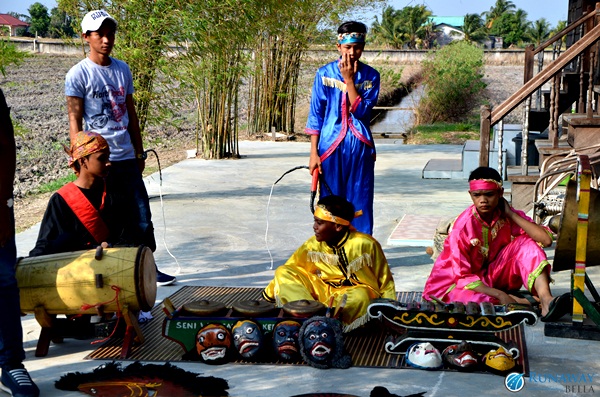
When we arrived in the day, the group leader, Wak Rusli and his team showed us the basic dance steps and music of the Kuda Kepang. We had fun taking photos with the “horses”, tried out the dance steps and even made some fun videos.
But when night time arrived, the atmosphere changed. We gathered in front of the Haji Dorani’s compound.
Before the Kuda Kepang performance begins, Wak Rusli who is also a shaman, did some “cleansing” on the props and “protection” of the compound. It is later followed by “cleansing” by the dancers before they took they places and started dancing to the music of the gong and bonang.
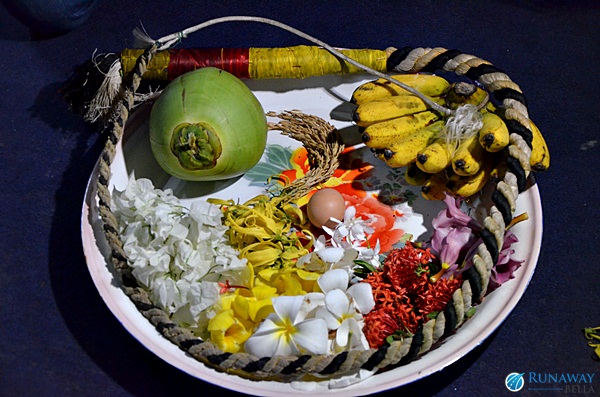
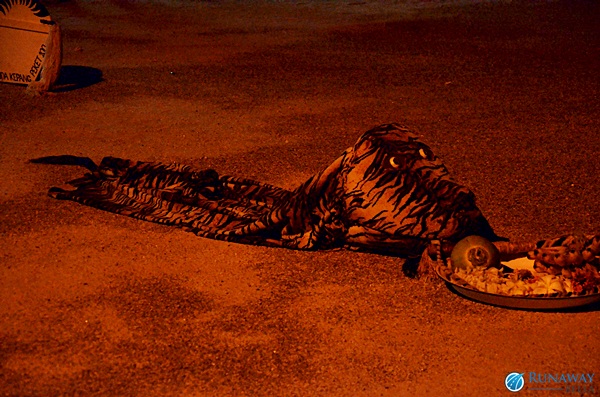
Wak Rusli has warned us beforehand that there might be “entrancement” happening to the dancers. Sometimes when dancers are in trance, they will behave animal-like by climbing trees, stretching and moving on the ground like animals or peel coconut husk with teeth. There were “food” prepared for the dancers when they’re in trance too like bananas, boiled eggs, flowers and others.
The dance lasted about 2 hours where most of the dancers fell into trance. Wak Rusli managed to “cure” them after that with some incantations. Those who was “cured” looked tired and helpless afterwards.
Lion Dance
Our final Rentak Selangor experience was in Shah Alam where we visited Wan Seng Hang Dragon & Lion Arts shop for Lion Dance.
Master Siow Ho Phiew have been making Lion heads and teaching Lion Dance for many years. He learned the art in China but has inserted his own unique technique into the dances to make it more tasteful. Master Siow’s students have won many awards at international level for free movement in Lion Dance.
There are two types of Lion Dance that comes from China – Northern Lion Dance and Southern Lion Dance.
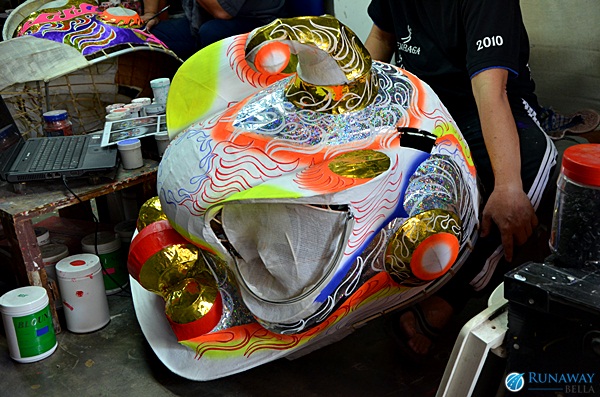
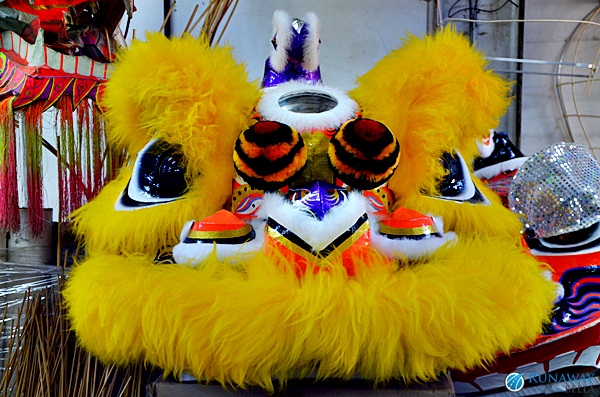
Northern Lion Dance are usually used as entertainment in the imperial court. The lion is more shaggy looking with a golden head. It’s dance are more acrobatic. Southern Lion Dance looks more elegant, acrobatic and entertaining. The lion has a variety of colour, a head with large eyes, mirror on forehead and single horn at center of head. This lion is usually used to exorcise evil spirit and to summon luck and fortune.
Malaysian Lion Dance are mostly influenced by the Southern Lion Dance.
Master Siow’s Lion Dance group’s inception was in 1986. Most of the students involved are Chinese, from Chinese schools. These students learn the Lion Dance for passion and not money. They’re usually not paid to perform.
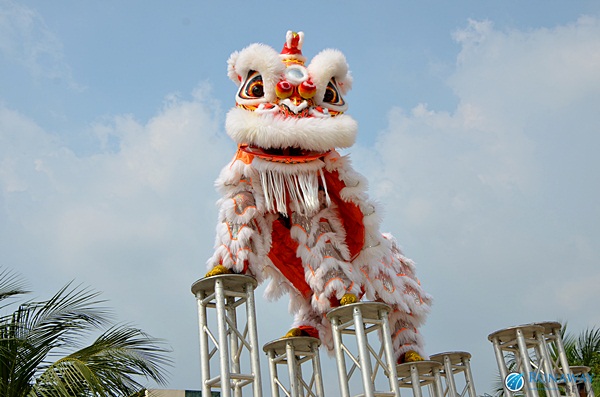
Apart from Lion Dance school, Master Siow’s shop also makes Lion heads. The heads are handmade, handsewn and handcrafted. The insides of the head is made of aluminium and metal instead of rattan to prevent easy break. The lion’s fur is made of rabbit’s fur, which is very soft to the touch.
One lion’s head can cost between RM2,500 – RM3,500.
***
 This trip was in collaboration with Gaya Travel Magazine and Tourism Selangor, in collaboration with Selangor Youth Generation Development, Sports, Cultural and Entrepreneurship Development (UPEN).
This trip was in collaboration with Gaya Travel Magazine and Tourism Selangor, in collaboration with Selangor Youth Generation Development, Sports, Cultural and Entrepreneurship Development (UPEN).

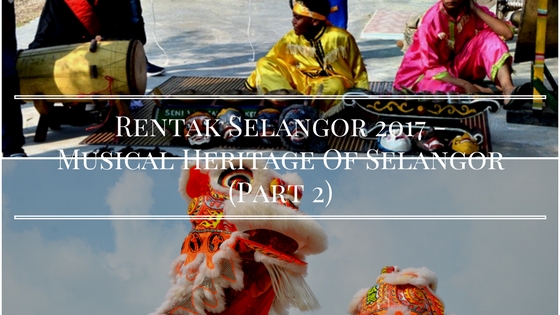
how can i get an information or number phone of their manager or someone that responsible for this dance? i’m currently doing some research for my course.
Hello there.
You didn’t inform which dance you’re interested in but if it’s the Kuda Kepang, you can contact Dorani Homestay at tel : 0136077025 tel /fax : 0332410846